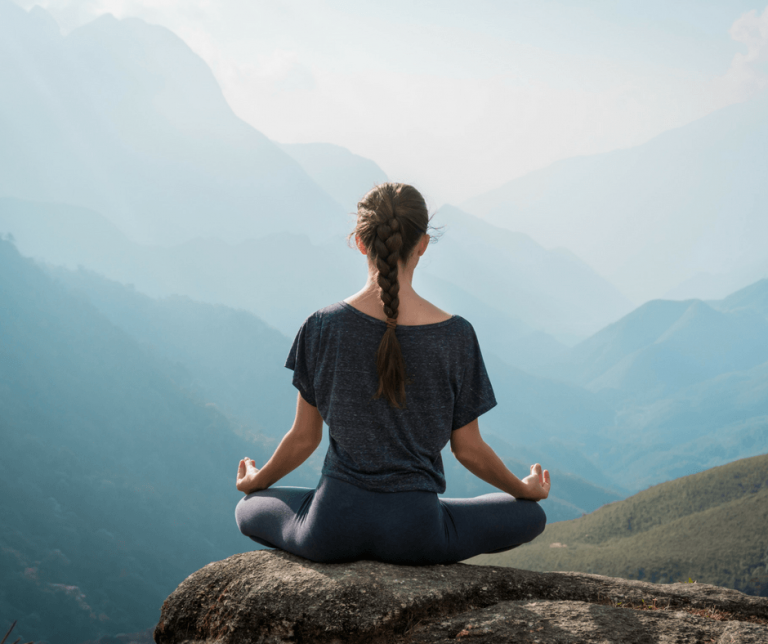
If anxiety is the devil on your back, then this is how clinical psychologist suggests you can deal with it with mindful meditation.
The way I see it, the opposite of anxiety is mindfulness. If you learn to live in the present and savour it, you are already dealing with your anxiety. Mindfulness is not a bundle of techniques; instead, it’s an attitude, a conscious shift in becoming more present.
The idea of mindfulness and the science around it has been popularized by Jon Kabat-Zinn, an American professor and founding father of mindfulness-based stress reduction (MBSR). A type of meditation therapy, MBSR has been shown to help alleviate symptoms associated with chronic illness, anxiety, pain, burnout, cancer and other stress-related conditions.
All meditation practices have mindfulness built into them, whether it’s about focussing one’s attention on a specific idea or the act of mindfully just observing one’s breath, actions and thoughts.
I’m often asked about how long one should meditate; clients tell me they find it difficult to sit still for even five minutes. If that sounds like you, begin by setting a timer on your phone and meditate for as little as one minute, and gradually increase the time.
Some tips if you are just beginning:
- Use a meditation app. The directions and soothing music will help you relax and focus. (Try: Guided meditation with 7 Days of Nirvana, right now!)
- If you are uncomfortable using an app, begin by sitting in a comfortable position with your eyes closed. Relax your back and shoulders. You can sit on a chair or a yoga mat, whatever is comfortable for you. Place your hands over your legs and begin with a deep breath.
- When you breathe in, your stomach expands like a balloon and when you exhale, your abdomen muscles move inward. Just become aware of your breath. Based on your readiness you can do it for a couple of minutes to begin with.
People struggling with anxiety often find themselves caught in a space where they begin to feel uncomfortable with their thoughts, feelings and even bodily sensations. Mindfulness-based visualization can be very calming at such times.
Visualize what seems like a safe space for you and choose to allow yourself to stay in that space. This is very comforting and stabilizing for a lot of individuals.
On some days, when the task of writing the book seemed extremely overwhelming, I would turn to a practice recommended by writer Allison Aubrey in her NPR article. She writes, “If you’ve got a nagging thought that won’t go away, just picture a cloud. Visualize that nagging thought being attached to the cloud. Now watch it float away.” I found it quite effective.
Pause rituals in my daily life
Over the last few years, instead of taking long breaks, I have built daily pause rituals in my life. Almost all of them have scheduled time attached to them:
- Exercise twice or thrice a week
- Evening or night-time mindful walks without music or podcast playing
- Meditation ritual at least ten to fifteen minutes (and minimum thrice a week)
- Schedule less work on one day of the week; take a day off to build a sense of pause
- Scheduled free time to do nothing (I just watch thoughts come and go. I have learnt that a few minutes of nothingness is where mindfulness begins for me. It’s also a healthy technique for me to deal with my productivity guilt).